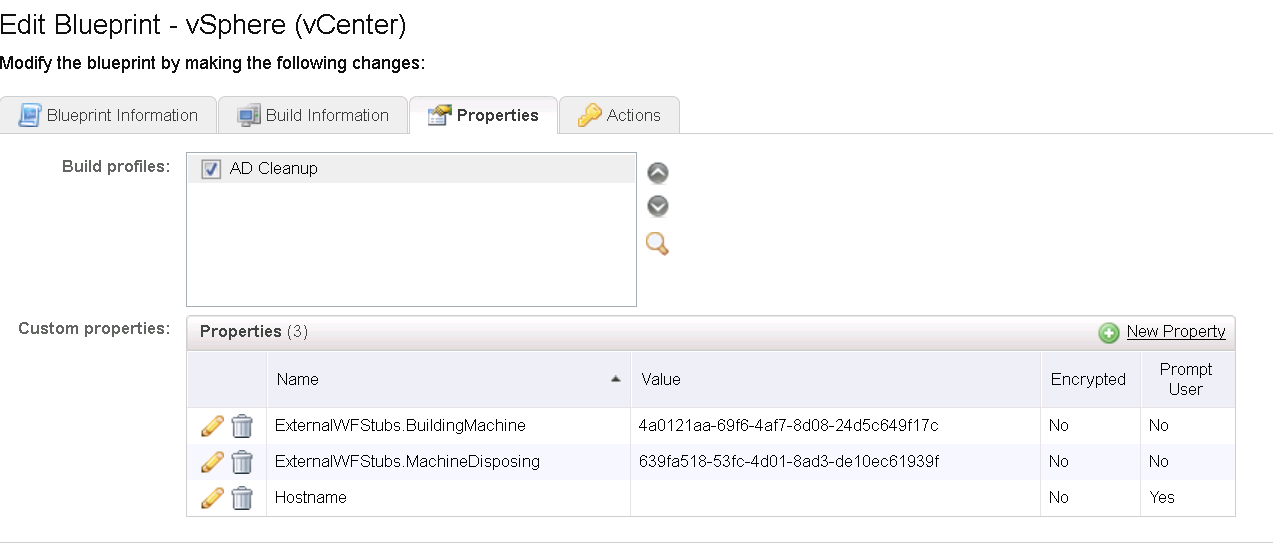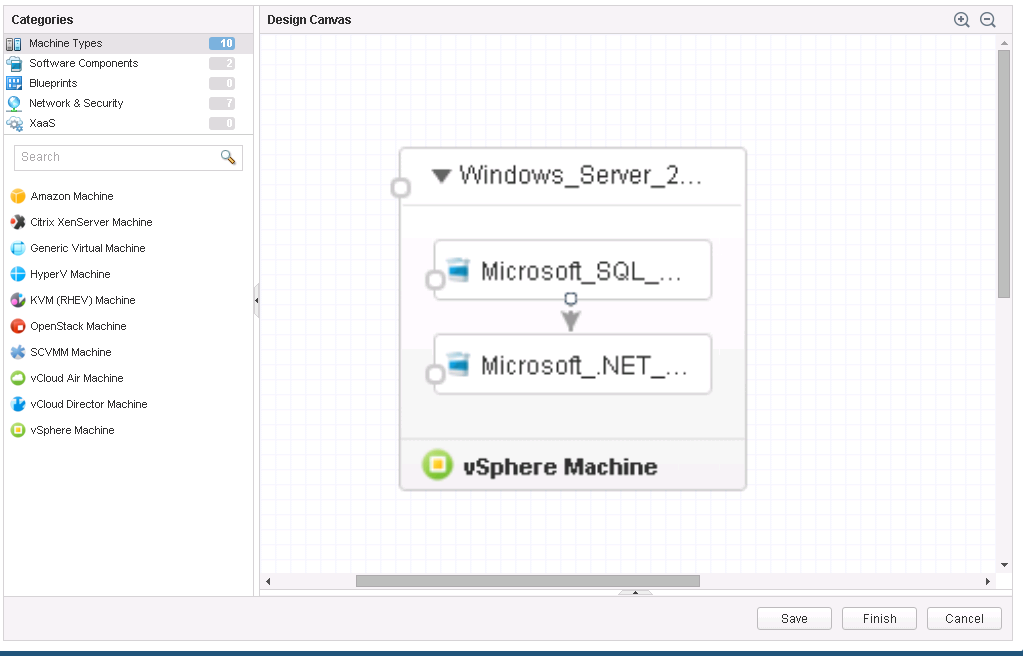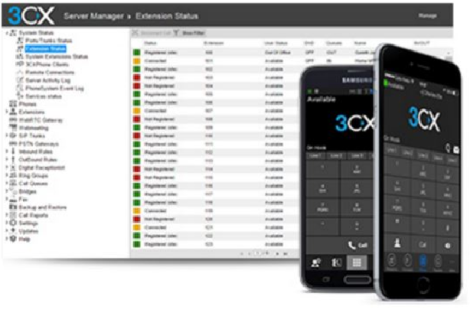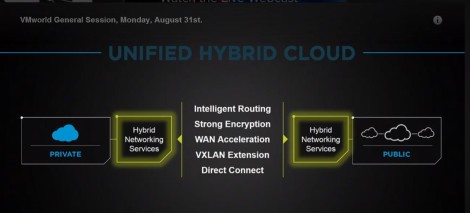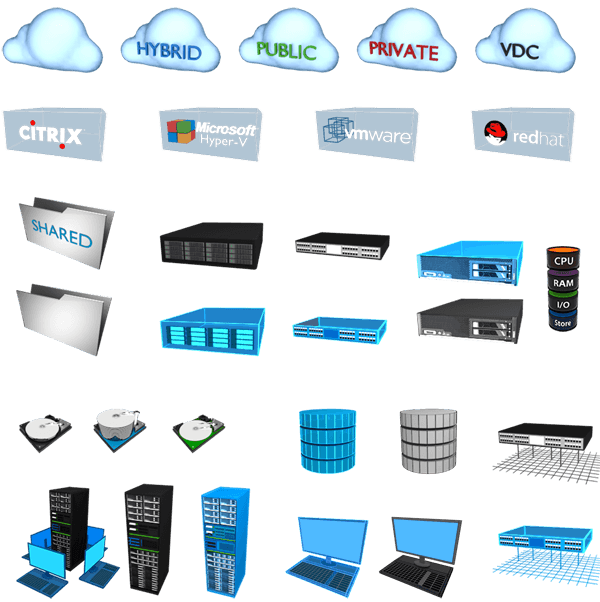vRealize Automation 7.2 which was promised at VMworld to enhance ease of use with Out-of-The-Box support for ServiceNow, Azure, and Containers. has just been released today as promised in VMworld. You can download it at: vRealization Automation 7.2 download link. This article highlight few of the major improvements introduced with vRA 7.2.
Azure Endpoint
While Amazon AWS, vCloud Air and vCloud Air Network endpoints have been out of the box in vRealize Automation for the longest time, Microsoft Azure has always required custom coding integration to work in vRealize Automation. Many customers showed interest in being able to deploy Microsoft Azure and were waiting patiently for vRA to offer it out of the box. This is coming your way out of the box in vRA 7.2. This will extend vRealize Automation Hybrid Cloud offering reach to Microsoft Azure customers.
The new Azure endpoint will allows customers to:
- Configure Azure connections (endpoints) per tenant
- Assign reservations and integrate with their governance model
- Design blueprints creation with Azure resources, specify network and storage options
- Supports Azure Networking (subnets, load balancers)
- Deploy converged blueprints with Azure resources in them
- vRealize Automation can automatically select the most appropriate subscriptions to deploy to
- Perform state-aware resource actions on their Azure resources
- Incorporate key vRA functionality, such as approvals, extensibility, and CBP
- OTB Day2 lifecycle operations include start, stop, restart, delete
Note: Azure Endpoint is the first to be built on top of extensibility platform (XaaS vs .Net)… Read More
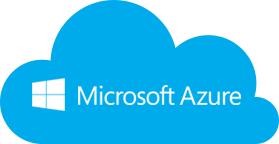
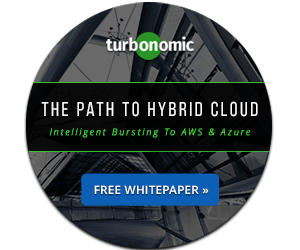 VMTurbo has just re-branded themselves to Turbonomic. I have just received an e-mail few days back from VMTurbo stating the change of the company name to Turbonomic.
VMTurbo has just re-branded themselves to Turbonomic. I have just received an e-mail few days back from VMTurbo stating the change of the company name to Turbonomic.